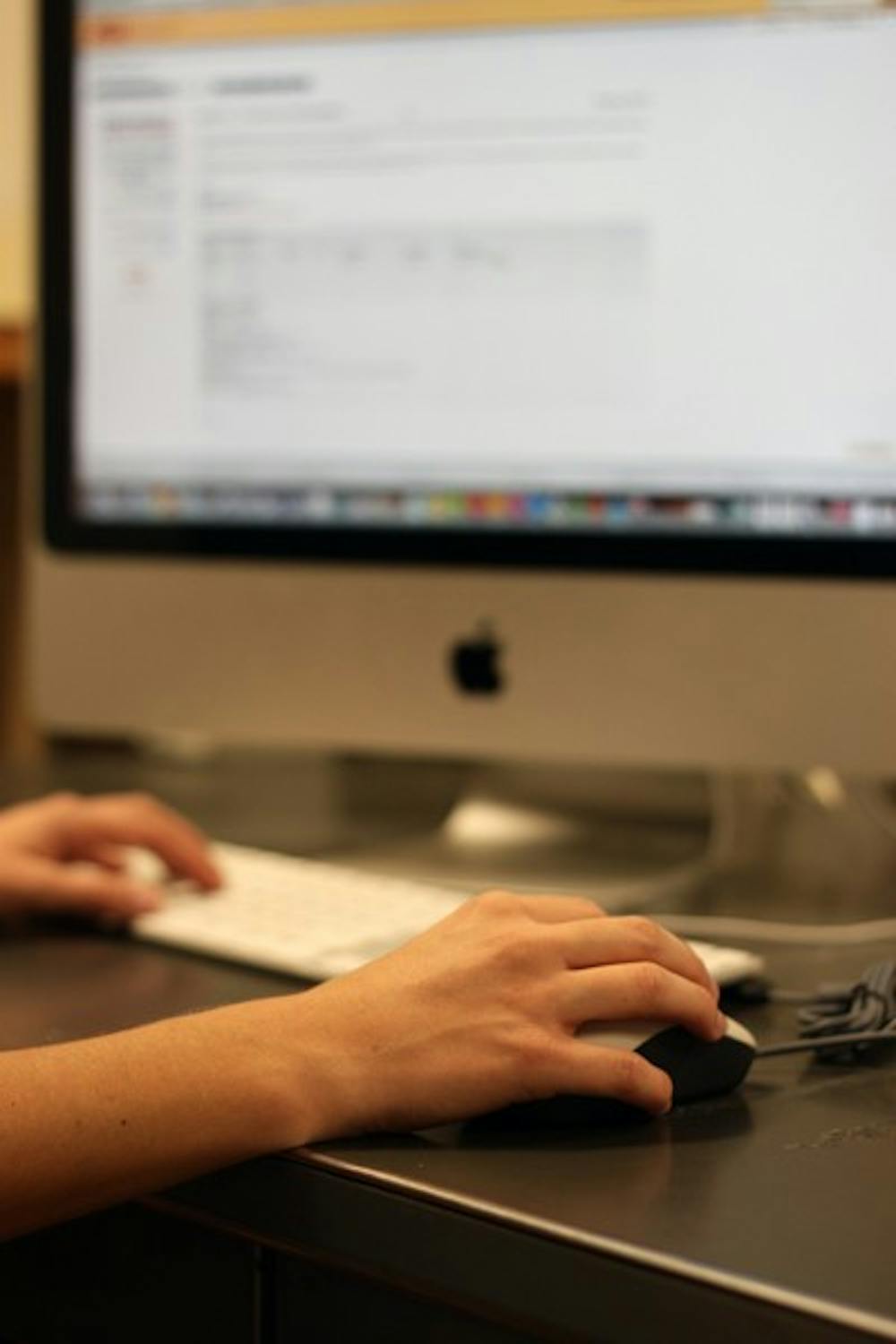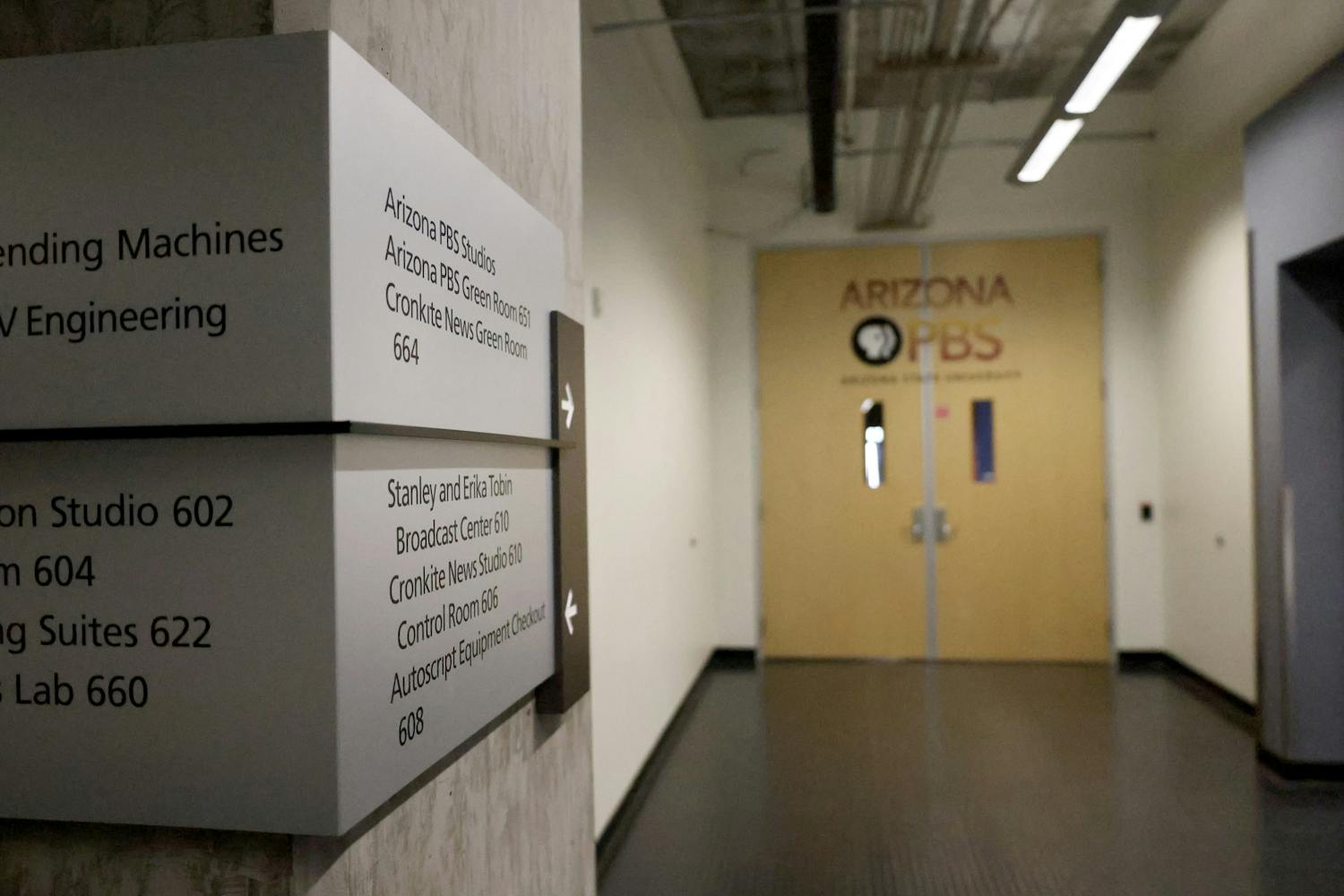Those born after 1984 — the year the commercial personal computer came out — are often referred to as “digital natives” because of the existence of digital computer technology in their lifetime.
With the integration of technology in classrooms and the creation of online classes, Arizona universities are adapting teaching techniques to cater to the digital native students.
UA professor J.C. Mutchler, chair of the Arizona Faculties Council, is recommending that the state’s three universities strengthen their efforts to bring faculty up to speed with the technology students use. Mutchler brought up his concern of a “technology gap” at an Arizona Board of Regents meeting last month.
“For digital natives, they have grown up with technology,” he said. “I think there are both new opportunities and challenges with this and room for faculty to better utilize digital technology in the classroom.”
French professor Lesley Poteet is one ASU faculty member who notices the gap.
“I feel like I am a little bit behind and I ask students in class to help with where to click and Mac applications; they know how to use keyboard accents better than I do,” she said.
Poteet said computers were not common in classrooms when she was in high school and college.
Poteet often incorporates the use of technology in her classroom with YouTube videos and authentic foreign language materials from the Web. Her classes have online components for homework and self-grading exercises as well.
To combat the technology gap, ASU has a very active system of workshops and a social media resource site to bring faculty members up to date with the use of effective technology tools, said Philip Regier, vice dean and provost of ASU Online.
“What we work on with faculty is developing skills around management systems, interactive video labs, grading tools and films that can be embedded in courses,” Regier said. “That can make a difference in learning outcomes.”
Similarly, UA has been working on a learning community project where students and faculty have the opportunity to collaborate their knowledge to find the best way to learn, Mutchler said.
“I think there is a new learning style besides oral and visual learners and that is the digital learner,” he said. “My generation is not as familiar with this. In my day we used slide rules and log tables.”
ASU business law freshman Melissa Ley said many of the students in her computer information systems class have a better handle of technology than her professors.
“Compared to one of my professors, some of the seniors and juniors in my class have had a lot of experience with computers and know more about the applications,” she said.
Ley said she has noticed the technology gap in several of her other classes.
“One of my classes is taught by students and they have to use the computer,” she said. “They know how to do it.”
Regier said faculty and students use technology differently but learning isn’t affected by traditional technologies.
“The question is whether the technologies students submerse themselves in, such as social media, are going to be the same technologies that are effective in student achievement,” he said.
The digital natives benefit from a combination of online and in-class instruction, Mutchler said.
“There are major paradigm shifts every couple of generations and I think with recent technology we are facing a shift,” he said. “A lot of faculty are responding to this with non-traditional teaching techniques and technology in the classroom.”
Reach the reporter at newlin.tillotson@asu.edu
Click here to subscribe to the daily State Press newsletter.





